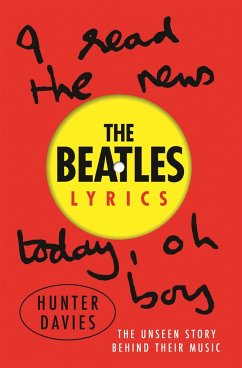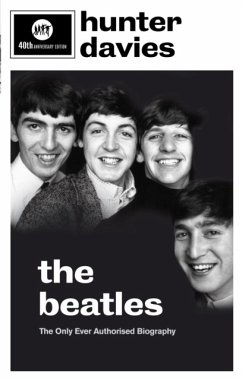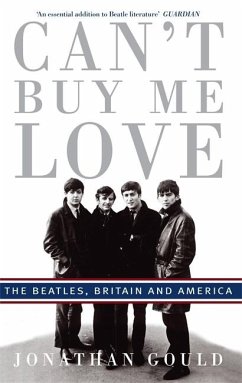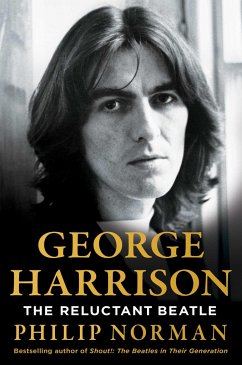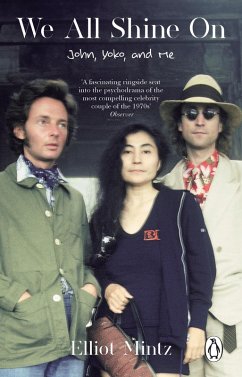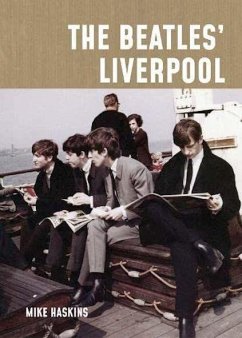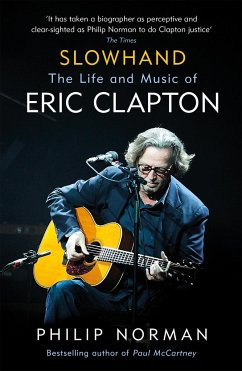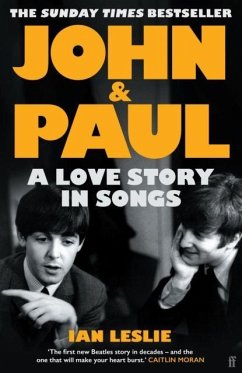
The Country of Liverpool
Nashville of the North

PAYBACK Punkte
55 °P sammeln!
In the 1960s, Liverpool had the biggest country and western scene in Europe. Country music was part of the fabric of Liverpool; as ingrained as the Irish influence and a bowl of Scouse. Country music influenced every group. Follow the story of one of the top groups: Phil Brady and the Ranchers. When John Lennon started his group, The Quarrymen, their musical influences were skiffle (which has its roots in country music), country and western and rock 'n' roll (which has country roots too). Their musical heroes had their roots in country music and shaped The Beatles sound. ¿ Why were Liverpool ...
In the 1960s, Liverpool had the biggest country and western scene in Europe. Country music was part of the fabric of Liverpool; as ingrained as the Irish influence and a bowl of Scouse. Country music influenced every group. Follow the story of one of the top groups: Phil Brady and the Ranchers. When John Lennon started his group, The Quarrymen, their musical influences were skiffle (which has its roots in country music), country and western and rock 'n' roll (which has country roots too). Their musical heroes had their roots in country music and shaped The Beatles sound. ¿ Why were Liverpool lads obsessed with cowboys? ¿ Which Beatles album did John call their "Country and Western Album"? ¿ How many country-influenced songs did they record, both during and after The Beatles? The roots of the beat music scene of the 1960s began with Lonnie Donegan's "Rock Island Line", which was issued in 1956, beginning the skiffle craze. However, examining the skiffle music scene shows that the roots of skiffle were in country; the roots of John Lennon's Quarrymen were in country and western, which was reflected in the songs of The Beatles. Liverpool groups were playing a mixture of country, rock 'n' roll, rhythm and blues, rockabilly and whatever else it discovered. Groups had to decide which route to take. However country music wasn't completely new to Liverpool because of skiffle. Hank Walters formed his first group around 1947, while still at school. There was a country scene in Liverpool in the 1940s, when Liverpool sailors brought records back from America. They brought jazz, country, R & B and everything else that was for sale in the record stores of New York and Boston. When radio brought those American hits to the ears of British people, another music revolution was taking place. Liverpool, the last Western frontier of England, would find it had more in common with Nashville than London. So in 1962, Phil Brady decided to act on the influence of country music in his life and start his first band, going on to become the #1 country artist in Britain, receiving an award from Roy Orbison at the first British Country Music Awards. Phil, from the Dingle, met and toured with some of the biggest names in country music, like Slim Whitman, Willie Nelson, Buck Owens, Hank Snow and, when he visited Nashville in 1968, met up with Chet Atkins and George Hamilton IV, and spent the day at Willie Nelson's ranch. He recorded several albums and singles, including the very first 45rpm single for the new Cavern Sound Ltd. Phil had a fan club, run by Frank Nash, who saved many of his photos, flyers and newspaper cuttings, which are reproduced here for an insight into the musical career of one of Britain's greatest ever country music stars. Yes, some of the photos are blurred, crooked and low quality, but that makes them even more authentic and special.





